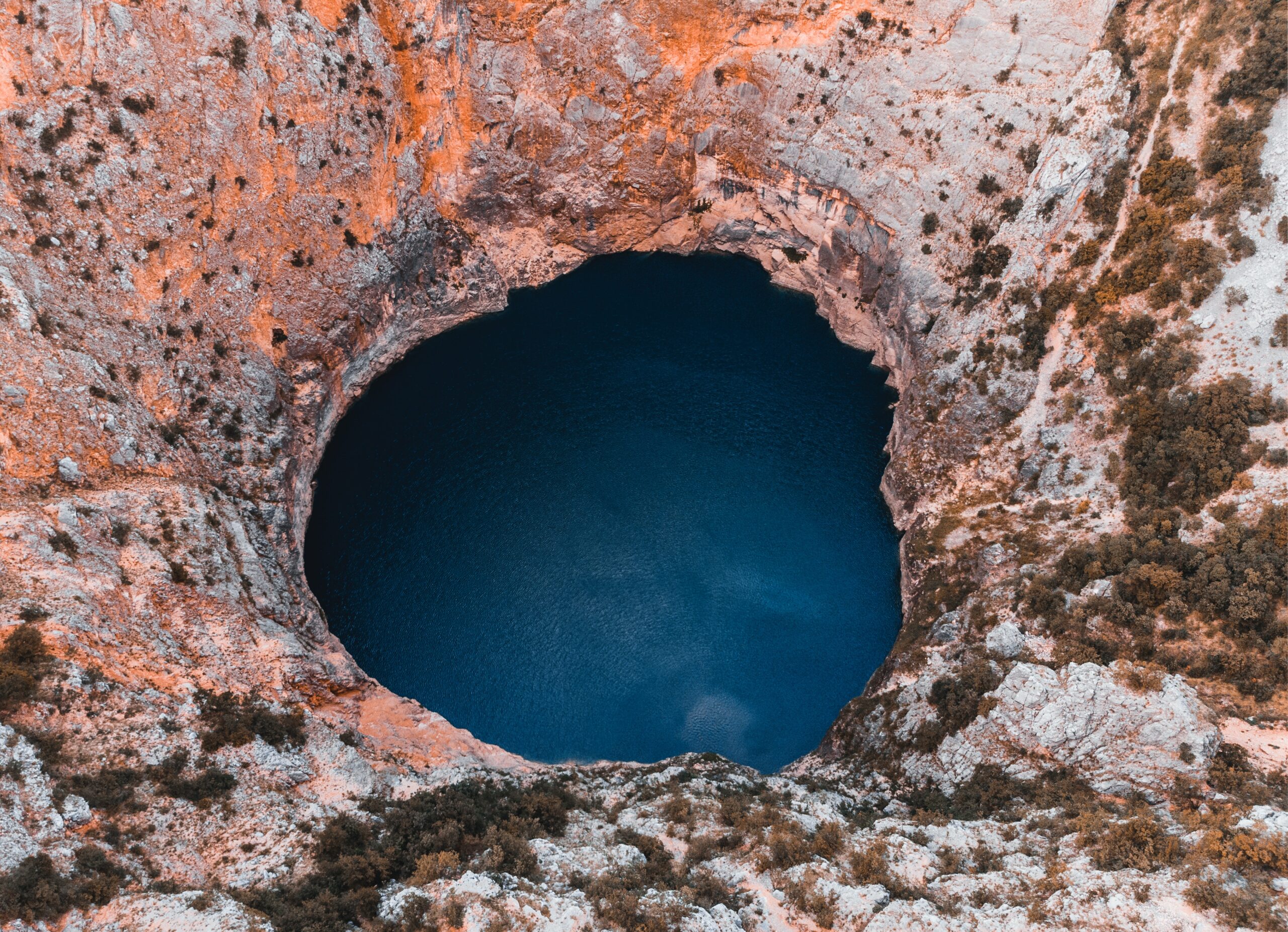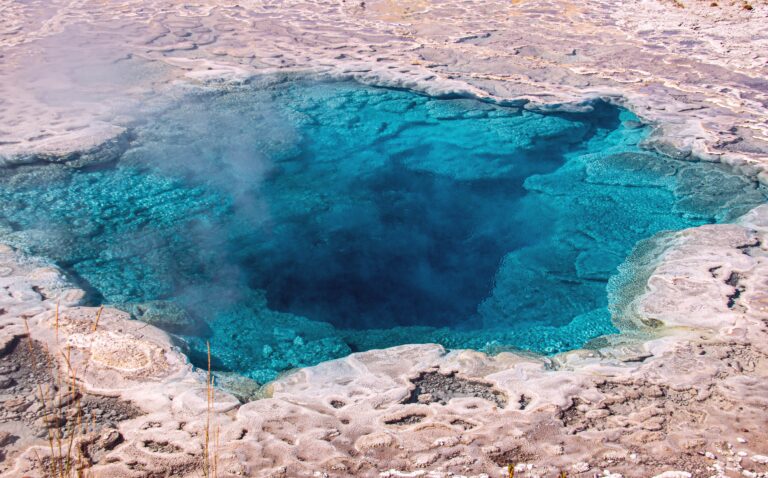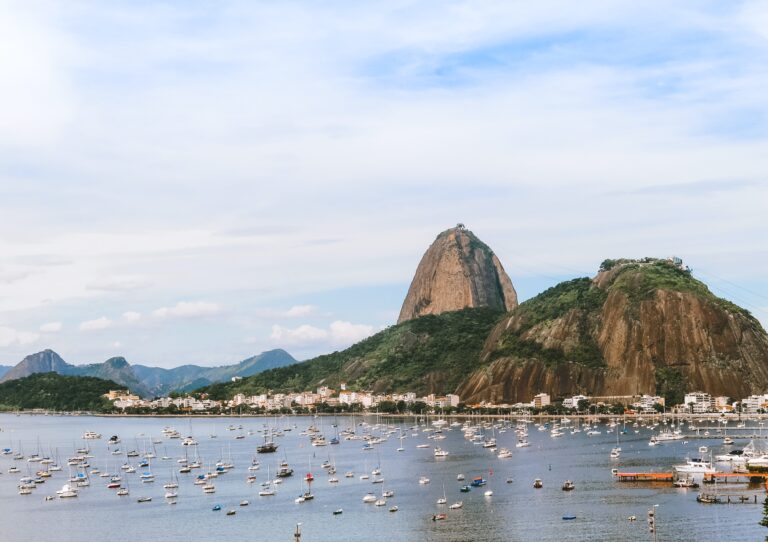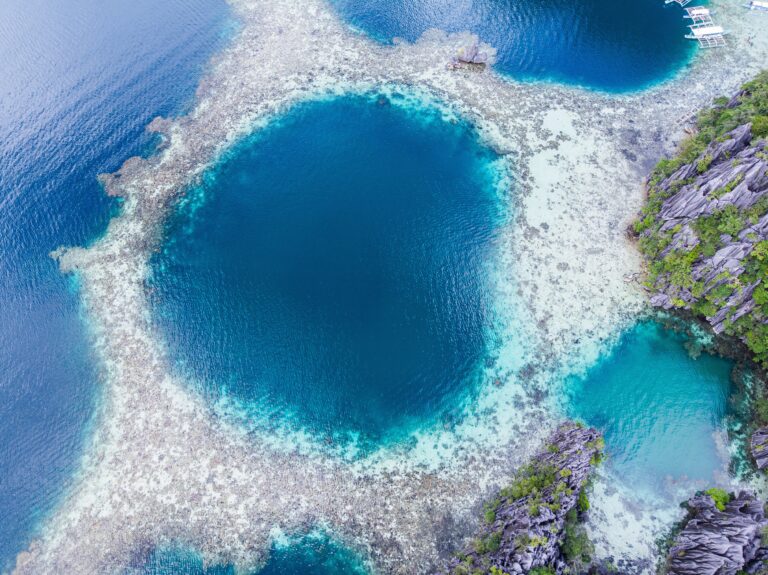The Mystery of the Great Blue Hole: How Many Bodies Are in the Abyss?
Have you ever heard of the Great Blue Hole in Belize? It’s a massive underwater sinkhole that has fascinated both tourists and scientists for years. Stretching over 1,000 feet across and plunging more than 400 feet deep, it’s a natural wonder like no other.
A Journey into the Abyss
Over a span of 15 years, from 1997 to 2012, it’s estimated that approximately 130 people have tragically lost their lives in the Blue Hole, averaging about 8 deaths annually. This alarming statistic isn’t limited to divers alone. Even those who ventured to snorkel on the surface have met with inexplicable fatalities.
However, until recently, the secrets hidden within the depths of this underwater marvel remained locked away. The lack of suitable exploration equipment had kept its mysteries shrouded. It wasn’t until 2018 that a daring expedition, backed by billionaire Richard Branson, set sail to uncover its enigmas.
As the intrepid crew descended into the unknown, they encountered a stunning array of marine life: graceful sea turtles, elusive reef sharks, and the majestic coral formations that adorn the ocean’s depths. Everything seemed as expected until they reached a depth of approximately 295 feet.
Here, something truly extraordinary unfolded.
A Mysterious Barrier
A peculiar, dense layer of toxic hydrogen sulfide obstructed their path, preventing oxygen from reaching deeper into the abyss. Amidst this eerie phenomenon, the crew stumbled upon perplexing discoveries. Conch shells and hermit crabs, once vibrant and alive, had met an untimely and suffocating demise. Even more astonishing was the sight of a two-liter Coke bottle, somehow making its way down to a staggering depth of 407 feet. And then, there was the lost GoPro camera, brimming with cherished holiday memories, silently awaiting rediscovery.
The Startling Revelation
Yet, the most startling revelation lay in the shadowy depths of the Great Blue Hole. Two human bodies were discovered, believed to be the remains of divers who had been lost during a previous expedition to this enigmatic locale.
Erika Bergman, a member of the expedition team, recalled the moment, saying, “We found the resting place of a couple folks, and we very respectfully informed the Belize government of our findings. It was unanimously decided not to attempt any recovery. It’s a profoundly dark and peaceful realm down there, a final resting place of sorts.”
What’s even more puzzling is that many of those who perished were not novices. They were highly trained technical divers, with a significant number being diving instructors. Their expertise and familiarity with diving make their deaths all the more mysterious and unsettling.
The Remarkable Origins of the Great Blue Hole
Among these somber findings, there were also astounding revelations. Stalactites, typically found suspended from cave ceilings, were discovered deep within the Great Blue Hole. This suggested that, once upon a time, this place was a dry cave, inhabited by prehistoric life.
A Fragile Future
It’s crucial to acknowledge that this natural wonder may not remain unchanged indefinitely. Every passing day witnesses cascades of sand descending into the abyss, gradually filling it up.
Upon learning of these discoveries, many expressed their shock and dismay online, realizing the profound impact of human activities even in the most remote and seemingly untouched places. Richard Branson, in particular, regarded the Great Blue Hole as a stark reminder of the perils of climate change.
He described it as “one of the most poignant reminders of the threat of climate change I’ve ever witnessed,” emphasizing how the Great Blue Hole’s formation bears witness to the rapid and catastrophic rise in ocean levels.
In conclusion, the Great Blue Hole in Belize, once an enigmatic and unspoiled natural wonder, has unveiled a dark and perplexing secret within its depths. Human presence and the looming specter of climate change have left an indelible mark even in this remote underwater abyss, serving as a solemn reminder of the fragility of our planet’s ecosystems.





